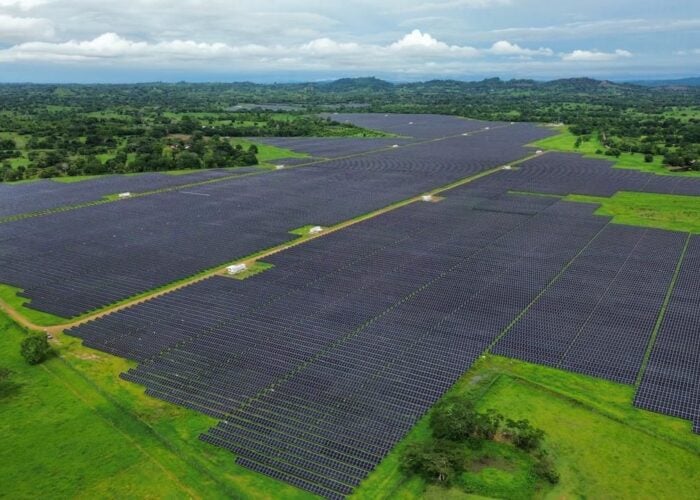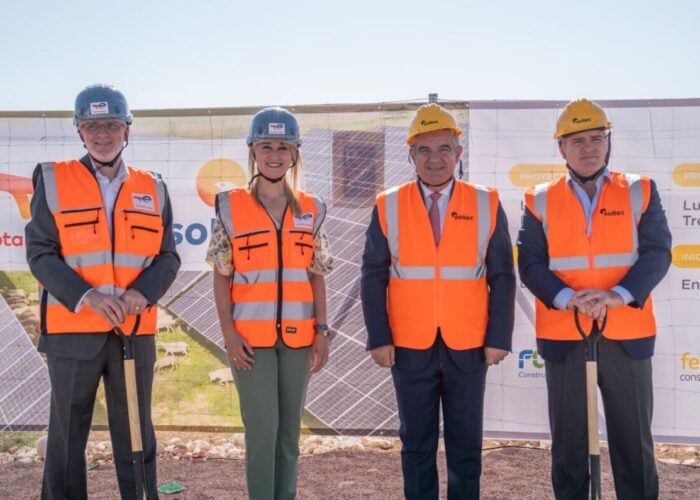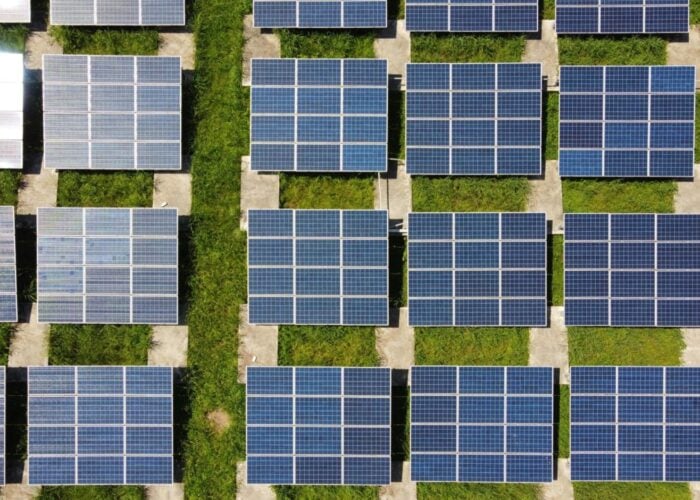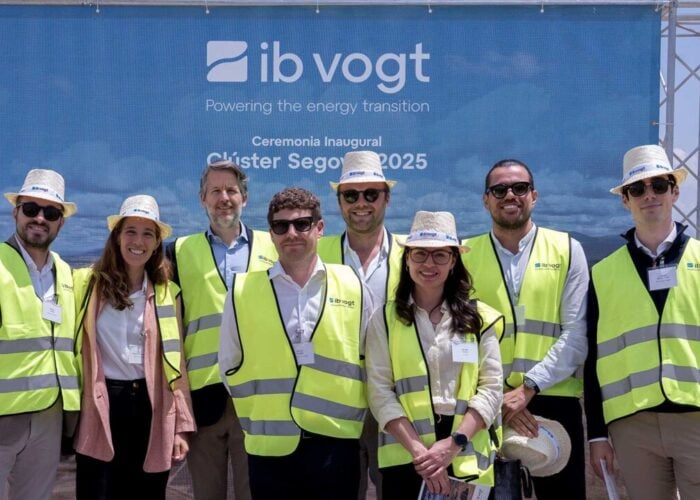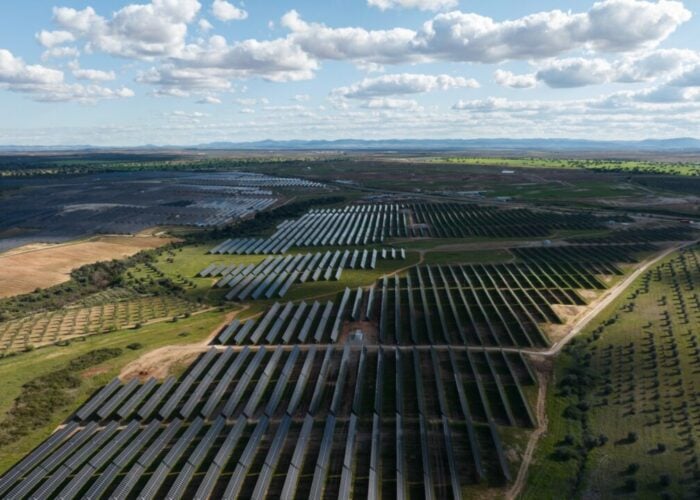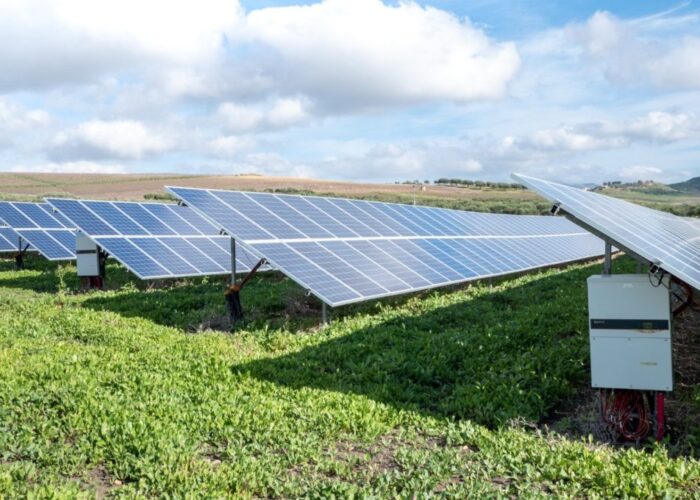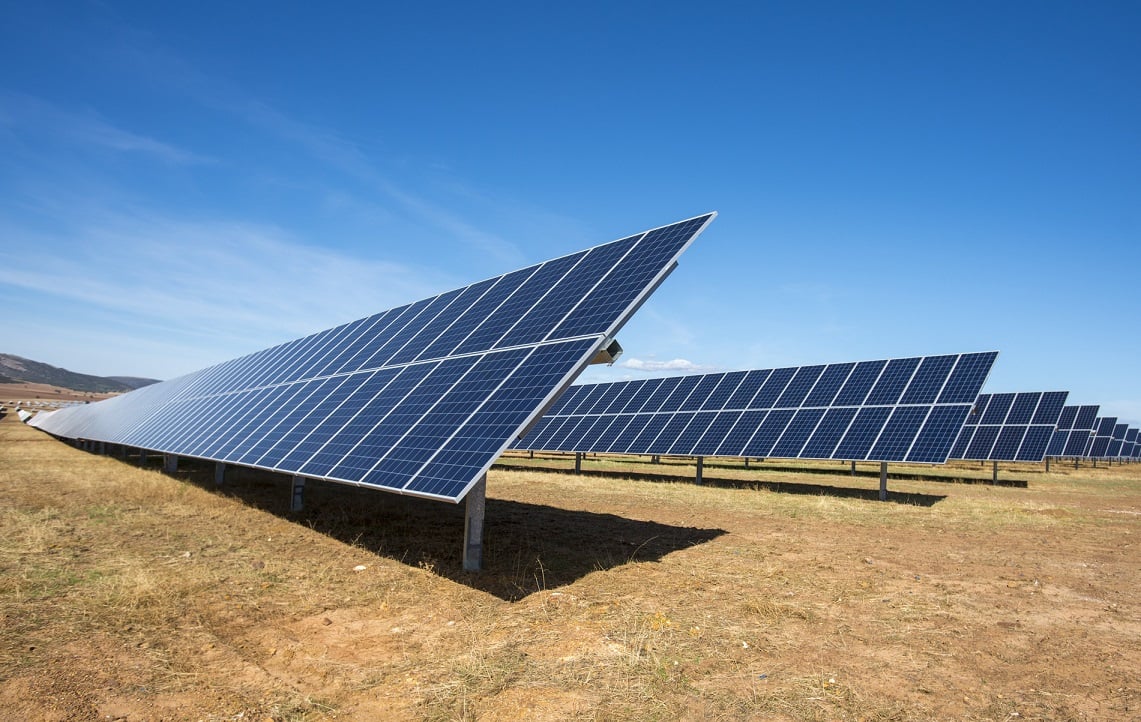
Spanish utility Naturgy has partnered with gas grid operator Enagás to bring forward a green hydrogen plant alongside a 400MW solar PV project in Spain’s Castilla y León region.
With an electrolyser of up to 60MW, it is hoped that facility will produce as much as 9,000 tonnes of green hydrogen annually, both for local consumption as well as for future exports to markets in northwestern Europe.
Unlock unlimited access for 12 whole months of distinctive global analysis
Photovoltaics International is now included.
- Regular insight and analysis of the industry’s biggest developments
- In-depth interviews with the industry’s leading figures
- Unlimited digital access to the PV Tech Power journal catalogue
- Unlimited digital access to the Photovoltaics International journal catalogue
- Access to more than 1,000 technical papers
- Discounts on Solar Media’s portfolio of events, in-person and virtual
The companies plan to construct the facility in La Robla, near the site of a coal-fired plant that Naturgy shut earlier this year. They didn’t reveal a timeframe for the project's development or how much investment it will require.
Having spent years researching the development of hydrogen, Naturgy said Spain’s renewable resources combined with existing infrastructure and its geostrategic position give the country the potential to become an exporter of the fuel in the future.
The announcement comes weeks after Iberdrola said it had signed an agreement with Norwegian firm Nel to develop and deploy large-scale electrolyser projects and promote green hydrogen's supply chain in Spain. The utility, which has formed a new unit focused on green hydrogen, is also behind plans for a Spanish plant that will pair 100MW of solar PV, a 20MWh lithium-ion battery system and a 20MW electrolyser.
Meanwhile, as part of efforts to scale up its renewables capacity in the coming years, oil major Repsol aims to achieve green hydrogen production of the equivalent of 400MW by 2025 in Spain and Portugal, with a goal of exceeding 1.2GW in 2030.
A reduction in production costs combined with increased government support for the technology means that global investments in green hydrogen are on track to exceed US$1 billion by 2023, according to IHS Markit. The research firm said cheaper renewable power has accounted for two-thirds of the reduction in the cost of green hydrogen seen since 2015, with one-third due to the lower cost of electrolysis equipment.

